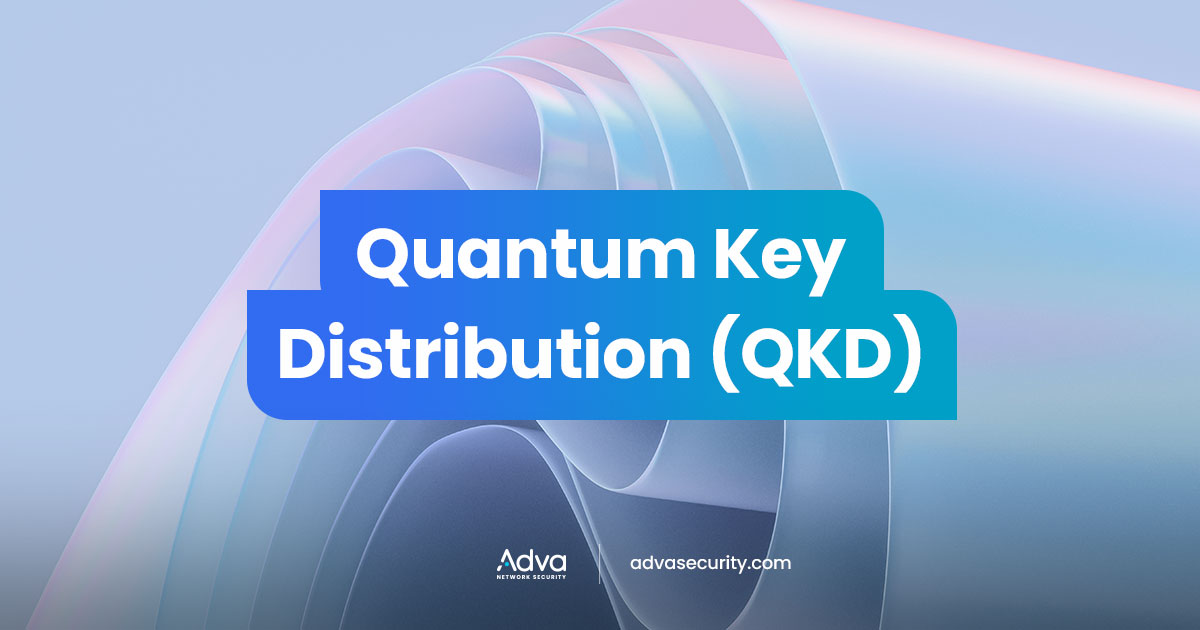What is quantum key distribution?
Quantum computers threaten data security
The need for quantum-safe methods and technologies to protect sensitive data is growing. Experts predict cryptographically relevant quantum computers will become reality within the next two decades. Such machines could easily break today’s asymmetric key exchange methods. Post-quantum cryptography (PQC) has emerged as one way to defend against the quantum threat. However, quantum key distribution (QKD) is also gaining significant traction as an effective method for safeguarding sensitive data from future quantum computer-enabled attacks.
Perfect security through quantum key distribution
QKD harnesses quantum effects to generate secure keys between two authenticated parties, allowing secret keys to be exchanged even when the channel is eavesdropped.

Experts predict that quantum computers able to crack classical cryptographic algorithms will be developed within the next two decades.
QKD exploits physical laws to secure data
Quantum key distribution leverages quantum effects, including the no-cloning theorem and Heisenberg’s uncertainty principle, to exchange secure keys.

QKD is advancing from research to real-world deployment
As early as 1984, quantum key distribution using discrete variables (DV-QKD) was demonstrated experimentally. The BB84 protocol remains in use today and has been adapted for commercial QKD systems. In DV-QKD, information used to generate a shared key is encoded in the polarization of single photons. By contrast, continuous-variable QKD (CV-QKD) uses weak coherent states. If an attacker intercepts the channel, the quantum states are disturbed. By comparing sent and received states, the sender and receiver can detect eavesdropping.
QKD protects against ‘harvest now, decrypt later’ attacks
Already today, Adva Network Security is participating in the development of QKD solutions designed to thwart attackers attempting to harvest encrypted data traffic.

Which is more effective – QKD or PQC?
Quantum key distribution offers provably secure key exchange but poses significant operational challenges. As a point-to-point technology, QKD requires substantial investment to scale across national and international networks. What’s more, end-to-end key generation depends on dedicated key management systems to overcome the inherent distance limitations of current QKD devices. Post-quantum cryptography, by contrast, is a more easily implemented software-based solution. However, candidates in NIST’s standardization process have revealed serious weaknesses, leading many experts to recommend hybrid key exchange models that leverage the advantages of both PQC and QKD.
Related resources
 ;
;
